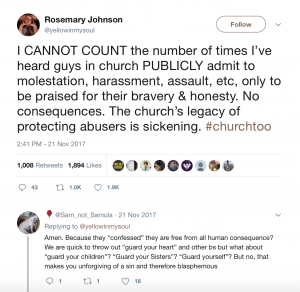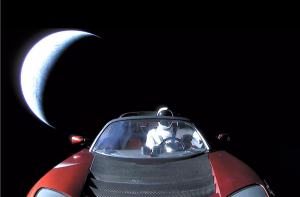By KATE JOHNSON
President Trump signed into law that the Federal Emergency Management Agency (FEMA) now must provide houses of worship with equal access to disaster relief funds. According to FEMA, the policy is effective for all disasters declared on or after Aug. 23, 2017.
Prior to Hurricanes Harvey and Irma, FEMA did not allocate aid relief to houses of worship. However, after Harvey and Irma, three Texas churches and two Florida synagogues filed lawsuits against the government for not providing the same relief funding as secular nonprofit organizations received.
One of these cases made it to the U.S. Supreme Court. FEMA was asked to explain why houses of worship were left out of disaster relief and the agency responded with a new policy protecting these places.
“Private nonprofit houses of worship are now eligible for disaster assistance as community centers, without regard to their secular or religious nature,” according to FEMA.
Becket, a nonprofit law firm aimed at protecting religious freedom, represented the three churches and two synagogues.
“Congress has delivered a big victory for houses of worship everywhere …. It was always strange to tell houses of worship that there is no room at the inn, when they are the first to help in time of need,” said Diana Verm, legal counsel at Becket.
Becket emphasized that houses of worship were some of the first groups to reach out to disaster victims following Harvey and Irma and they consistently reach out to those in need.
The announcement of new law is a major win for faith groups. The news was celebrated across many faith-based organizations and networks such as CBN, the Times of Israel, and the Orthodox Union.
“We thank the Trump administration for righting this longtime wrong and treating disaster-damaged churches, synagogues and other houses of worship fairly — on the same terms as other nonprofits such as museums, community centers and libraries stricken by natural disaster,” said Nathan Diament, executive director for public policy at the Orthodox Union.
ABC News covered the announcement by telling the story of Pastor Charles Stocker, whose Hi-Way Tabernacle Church was almost destroyed by Hurricane Harvey.
Stoker’s attorney, Daniel Bloomberg told ABC, Churches are “hubs for the community,” which is still recovering from the hurricane. “Denying help to them, to these churches, denies help to the community.”
“By finally following the Constitution, FEMA is getting rid of second-class status for churches,” Bloomberg stated. “We will watch carefully to make sure that FEMA’s new policy is implemented.”
The Washington Post gave the story a different angle. It covered the history of houses of worship fighting to receive disaster relief funds since the early 2000s.
The Washington Post also covered both sides of opinions about the announcement.
This announcement may be a big win for faith groups and religious conservatives, but some secular forces see federal disaster relief being allocated to houses of worship as a threat to separation of church and state.
The Washington Post wrote in their article that Dena Sher, assistant legislative director for Americans United for the Separation of Church and State, said until this week the FEMA guidelines treated religious and nonreligious nonprofits equally, and determined eligibility based on what activities take place.
“Now this gives houses of worship special treatment,” she said.
“It’s troubling. We know communities need support as they rebuild and we can’t ignore fundamental principles of religious freedom. But the constitutional principle at stake says each of us gets to decide how and if to support any religion. That’s the promise the constitution makes and we should hold to it in good times and bad.”
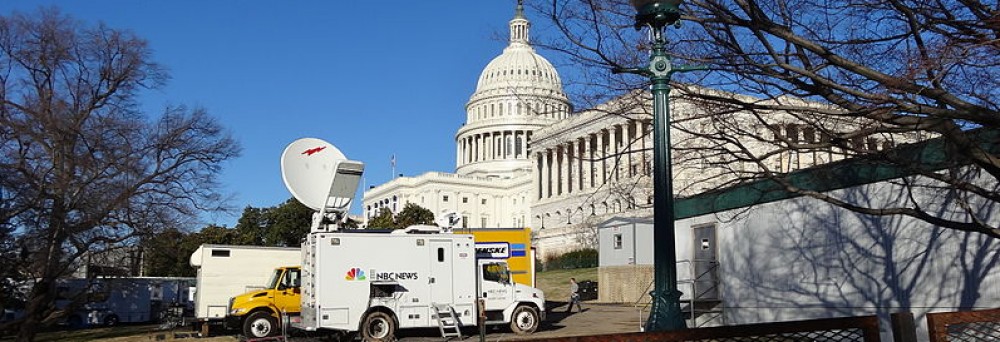
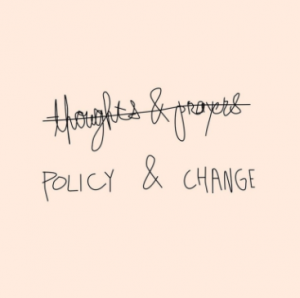
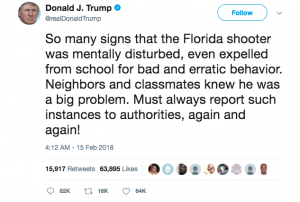



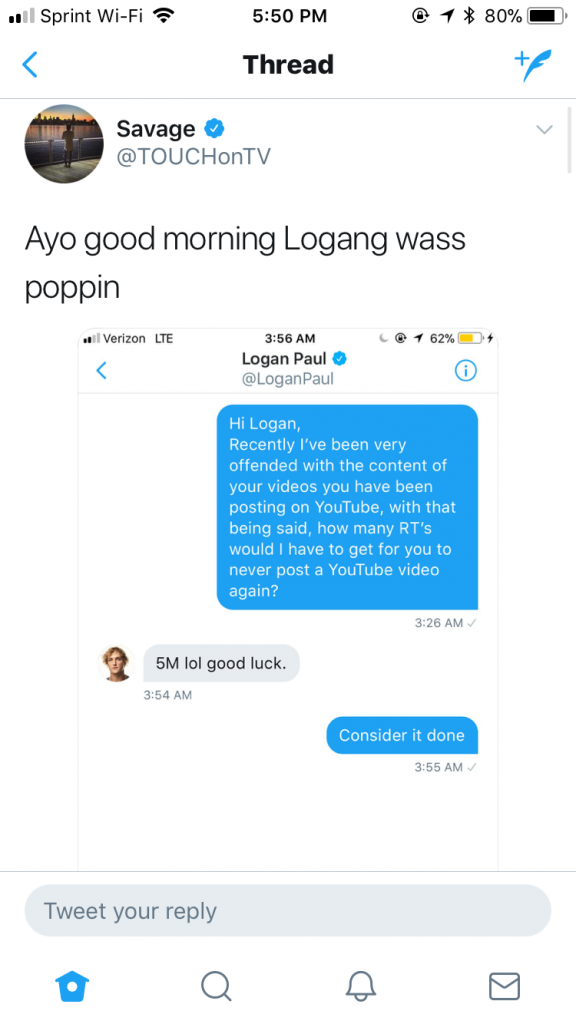 Yet, one week later Paul is posting videos on his Youtube channel of him tasering rats and joking about tide pod incidents that have sent many to the hospital.
Yet, one week later Paul is posting videos on his Youtube channel of him tasering rats and joking about tide pod incidents that have sent many to the hospital.